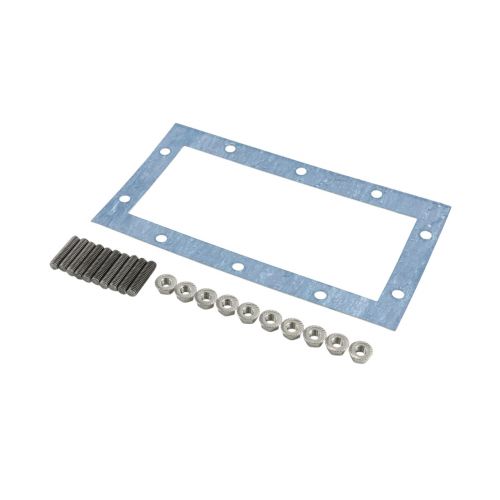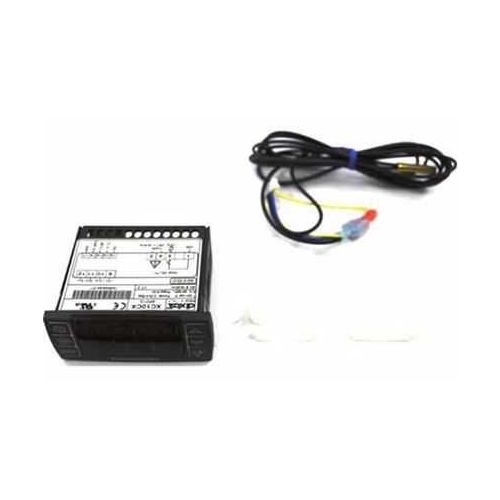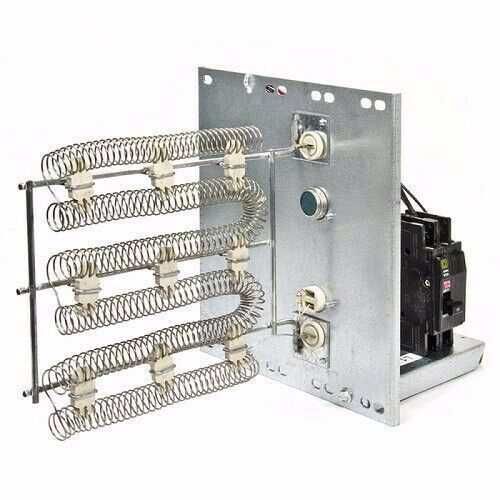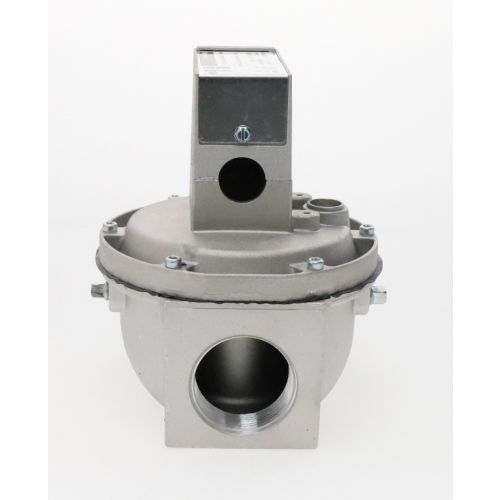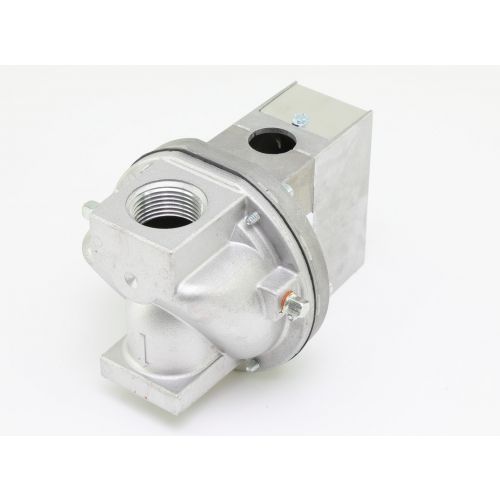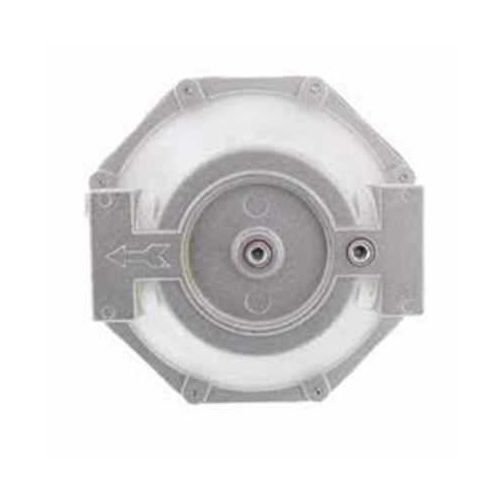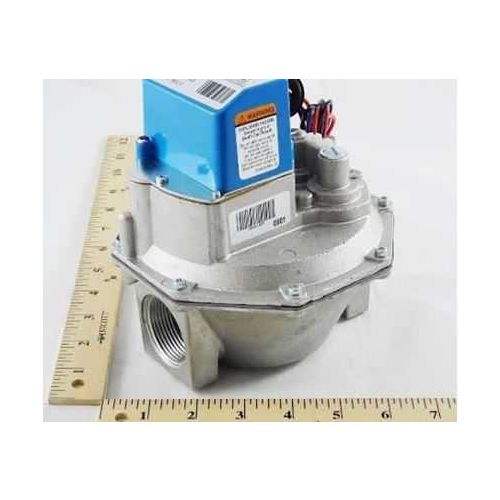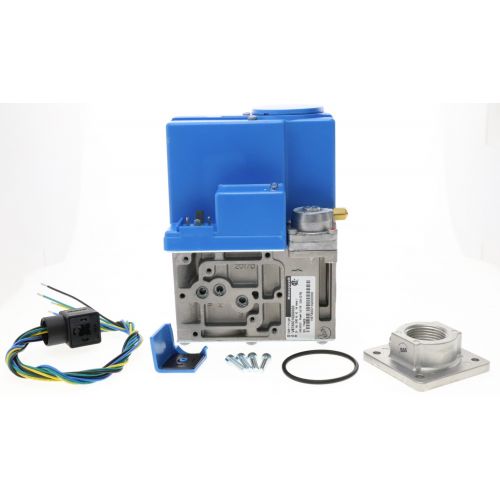Furnace Gas Valve Troubleshooting : The Ultimate Guide
Your furnace gas valve is a critical component of your heating system. It controls the flow of gas to the furnace’s burner, and without it functioning properly, your furnace won't be able to heat your home effectively. If you’re facing issues with your furnace, such as inconsistent heating or strange noises, it might be due to a problem with the furnace gas control valve. This comprehensive guide will help you understand common issues, symptoms, how to troubleshoot, replace, and maintain your furnace gas valve to keep your furnace running at its best.
Understanding Furnace Gas Valve Issues
A gas valve on a furnace is responsible for regulating the amount of gas entering the burner assembly. When the thermostat calls for heat, the valve opens to allow gas to flow into the furnace’s burner. Once the gas is ignited by the pilot light or electronic ignition system, it creates heat, which is distributed through your home’s ductwork.
Over time, the furnace gas valve can experience wear and tear, especially if the furnace is old or poorly maintained. A faulty valve can lead to serious issues, such as inconsistent heating, gas leaks, or even complete system failure. If your furnace is not working properly, one of the first things you should check is the furnace gas valve troubleshooting process.
Common Symptoms of a Bad Gas Valve on a Furnace
A bad gas valve on a furnace can manifest in various ways. Here are some common symptoms that may indicate an issue with the furnace gas valve:
-
No Heat or Inconsistent Heating: If the furnace isn’t providing enough heat or stops heating altogether, it could be a sign that the gas valve on the furnace is not opening correctly to allow fuel to reach the burners.
-
Furnace Gas Valve Not Opening: A furnace gas valve not opening properly is one of the primary causes of no heat. It may open intermittently or fail to open at all.
-
Clicking Noises Without Ignition: If you hear the furnace clicking but there is no gas flow or ignition, the issue could be related to the gas valve. The valve may be malfunctioning, failing to release gas, or not signaling the ignition system to light the burner.
-
Strong Gas Odor: A gas smell near the furnace is a major concern and may indicate a bad gas valve on a furnace. If you smell gas, you should shut off the gas supply immediately and contact a professional.
-
Pilot Light Issues: If your furnace uses a pilot light and it won’t stay lit, the furnace gas valve may not be providing the necessary gas flow to maintain the flame.
-
Frequent Furnace Cycles: A malfunctioning furnace gas control valve can cause the furnace to cycle on and off more frequently than usual, as the gas flow becomes erratic.
How to Test a Gas Valve on a Furnace
Testing the gas valve on a furnace is essential to determine if it is functioning correctly. Here are the steps on how to test a gas valve on a furnace:
-
Turn Off the Furnace and Gas Supply: Always ensure your safety by turning off the furnace and the gas supply before attempting any testing. You can usually find the gas shutoff valve near the furnace.
-
Check for Obstructions or Debris: Sometimes, a simple blockage or dirt accumulation can prevent the gas valve from operating correctly. Inspect the valve for any visible debris or dirt and clean it carefully.
-
Use a Multimeter to Test the Valve: A multimeter is a tool that can help you measure electrical current and voltage. If the gas valve has an electrical solenoid, use the multimeter to check if the valve is receiving power. If no voltage is detected, the valve might be defective.
-
Check for Gas Flow: If the valve seems to be functioning electrically, you can test the gas flow by trying to light the burner. If the furnace doesn’t ignite or you can’t smell gas, the valve is likely not allowing gas to flow properly.
-
Check for Continuity: Use a multimeter to check for continuity within the gas valve’s solenoid coil. If there is no continuity, the solenoid is defective and needs to be replaced.
-
Inspect the Thermostat and Control Board: Sometimes, the issue is not with the furnace gas valve but with the thermostat or control board not sending the right signals. Ensure that both are functioning properly before replacing the valve.
Furnace Gas Valve Troubleshooting
Furnace gas valve troubleshooting can be tricky, but with the right knowledge, you can determine the cause of the issue. Here are some common troubleshooting steps:
-
Check for Power Issues: Ensure the furnace is getting power. If the thermostat is on but the furnace isn’t responding, it could be a power supply issue, affecting the furnace gas valve operation.
-
Verify the Gas Supply: Make sure the gas supply is turned on and there are no blockages in the line. If the gas line is shut off or there’s an obstruction, the gas valve on a furnace won’t open.
-
Inspect the Control Board: If the furnace is getting power and the gas supply is fine, check the control board for any faults. The control board sends the signal to open the gas valve. If it’s malfunctioning, the furnace gas valve won’t open.
-
Check for Gas Valve Malfunction: If all else fails, the furnace gas valve itself may be defective. If the valve is electrically functional, but gas isn’t flowing properly, it might need to be replaced.
How to Replace Gas Valve on a Furnace?
Replacing a furnace gas valve is a complex task that requires both plumbing and electrical knowledge. Here’s a step-by-step guide on how to replace gas valve on furnace:
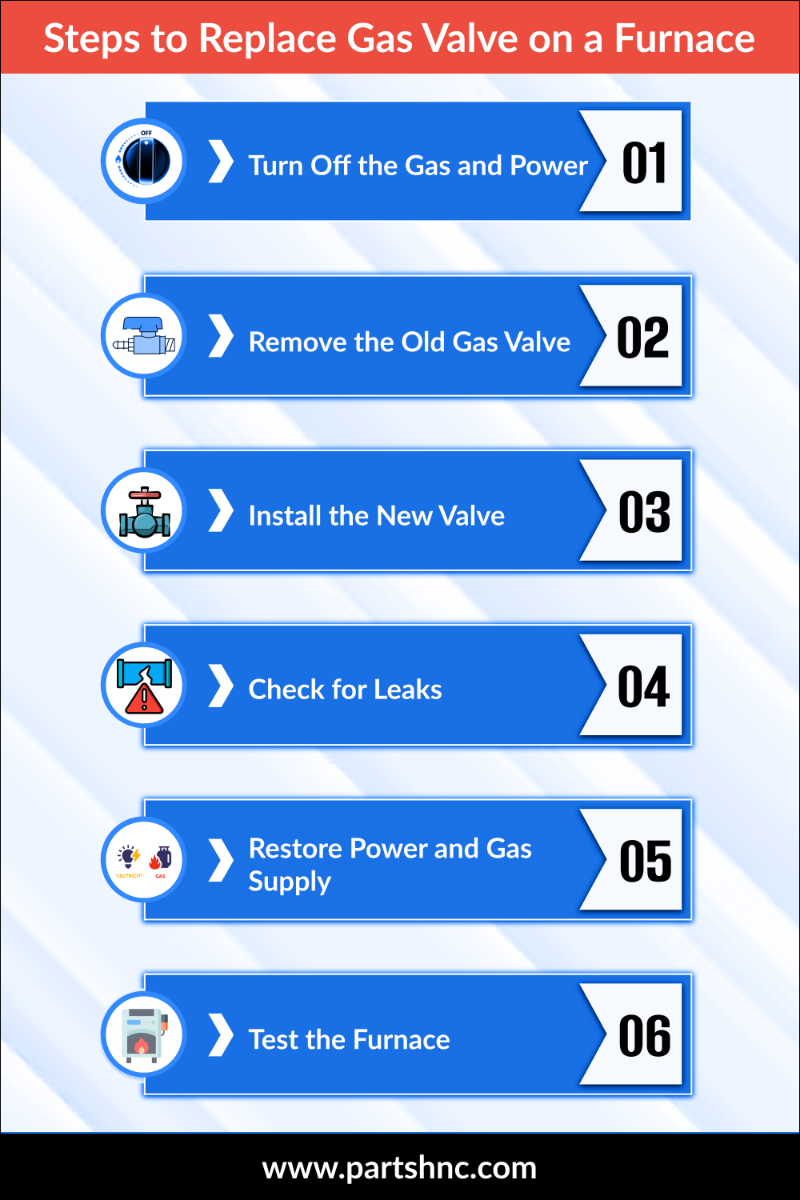
-
Turn Off the Gas and Power: Safety is the top priority. Turn off the furnace and the gas supply. Ensure that there is no gas flowing into the furnace.
-
Remove the Old Gas Valve: Disconnect any wires and remove the gas supply line attached to the valve. Depending on your furnace model, you may need special tools to detach the valve.
-
Install the New Valve: Position the new furnace gas control valve in place, making sure it is oriented correctly. Connect the gas line and any electrical connections according to the manufacturer’s instructions.
-
Check for Leaks: Once the new valve is installed, use a gas leak detector or soapy water to check for leaks around the connections.
-
Restore Power and Gas Supply: After confirming that everything is secure, restore power to the furnace and turn on the gas supply.
-
Test the Furnace: Finally, turn on the furnace and check for proper operation. Ensure the burner ignites and there are no issues with heating.
Furnace Gas Valve Replacement Cost
The furnace gas valve replacement cost can vary depending on the brand, model, and complexity of your furnace system. On average, the cost of replacing a furnace gas valve replacement can range from $200 to $800, including parts and labor. However, if you need to replace other components (such as the thermostat or control board) while replacing the valve, the cost can be higher.
Before replacing the gas valve on a furnace, it’s important to get a detailed estimate from a licensed technician.
How to Install a Gas Valve on a Furnace?
Installing a gas valve on a furnace requires precision, as improper installation can lead to dangerous gas leaks or furnace malfunction. Here’s how to install a gas valve on a furnace:
-
Turn Off Gas and Power: As with all furnace repairs, safety should come first. Shut off the power to the furnace and close the gas valve.
-
Remove Old Valve: Disconnect the old gas valve and remove it carefully, following the manufacturer’s instructions.
-
Install New Gas Valve: Position the new gas valve into place, connect the gas line and wires, and secure it using the appropriate tools.
-
Test for Leaks: Before turning on the furnace, ensure there are no gas leaks. Use a gas leak detector or soapy water.
-
Restore Power and Test Furnace: Turn on the gas and power supply. Test the furnace to ensure the new valve is functioning properly.
How to Reset a Furnace Gas Valve After a Malfunction
If your furnace is experiencing issues after a furnace gas valve malfunction, resetting the valve can sometimes resolve the problem. Here’s how to reset furnace gas valve:
-
Turn Off the Furnace and Gas Supply: Shut off both the furnace and the gas supply to ensure safety.
-
Wait for the System to Reset: Allow a few minutes for the system to cool down. Many modern furnaces have a built-in reset feature, so this step is important.
-
Turn On the Gas and Furnace: After waiting, turn the gas back on and restart the furnace. If the problem persists, the furnace gas valve may need to be replaced.
Maintaining Your Furnace Gas Valve for Optimal Performance
Your furnace gas valve plays a crucial role in ensuring your furnace runs smoothly. Regular maintenance and prompt attention to any issues can help you avoid costly repairs and keep your home warm throughout the winter months. If you're unsure about diagnosing or repairing your furnace gas valve, always seek professional assistance to ensure the safety and efficiency of your heating system.
FAQs
Why is my furnace gas valve not letting gas through?
Your furnace gas valve might be blocked, malfunctioning, or receiving incorrect signals from the thermostat or control board. Check for obstructions, test the electrical components, and inspect the valve.
Why does my furnace gas valve click but no gas?
A clicking noise with no gas flow could mean the valve is electrically functioning but the gas flow is blocked. This can be due to a faulty valve or issues with the gas supply.
Why is my gas line not flowing?
A gas line may not flow due to a closed valve, a gas supply issue, or a blockage in the line. Check the gas supply and ensure the gas valve on the furnace is working properly.



